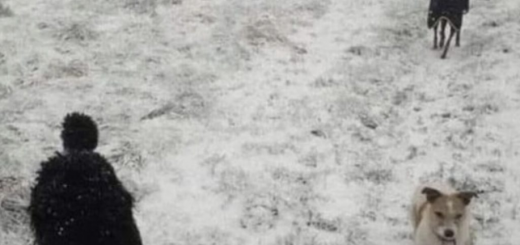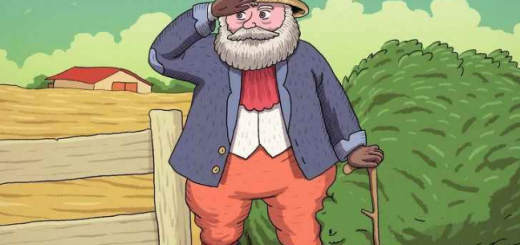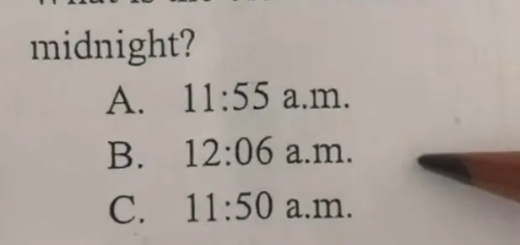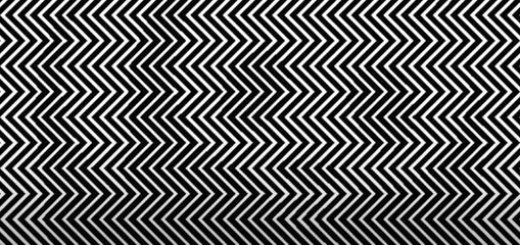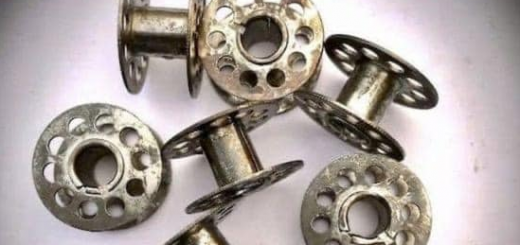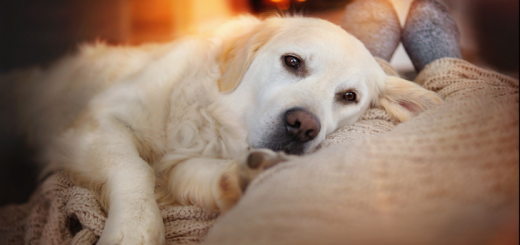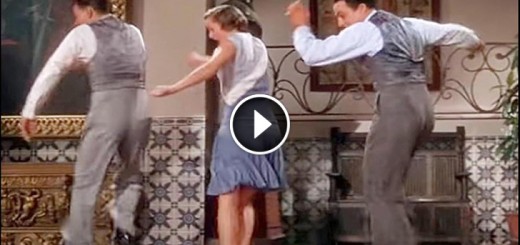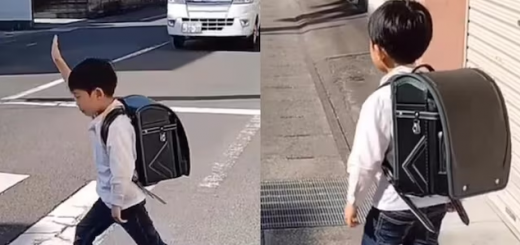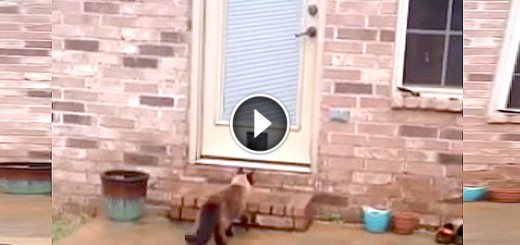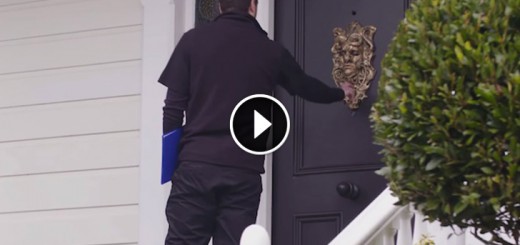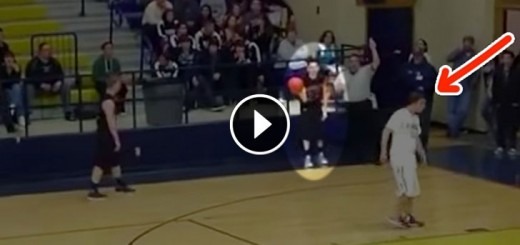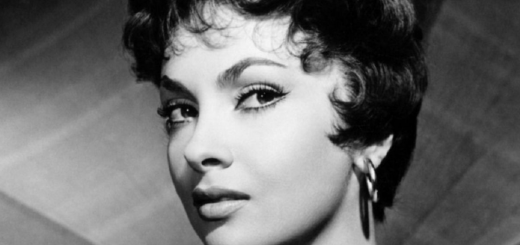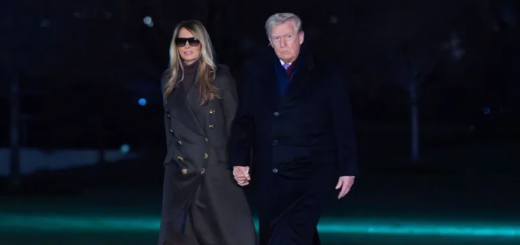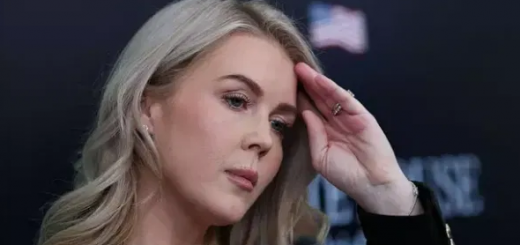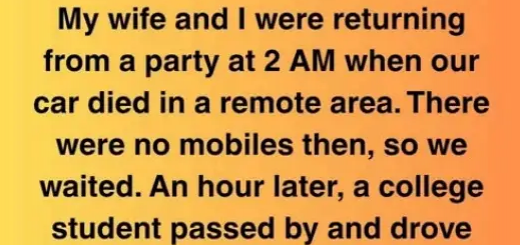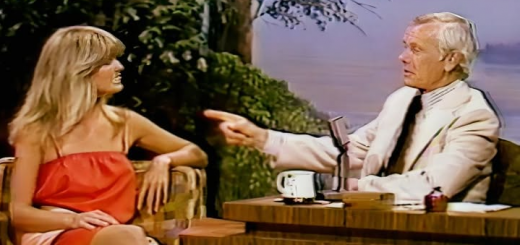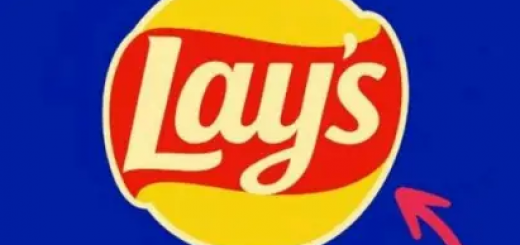Find All 15 Differences – How Sharp Are Your Eyes? 🧠👀
At first glance, it looks simple — two nearly identical images placed side by side. But here’s the twist: hidden within them are 15 subtle differences that only the most observant minds will catch.
This isn’t just a test of sight; it’s a test of focus, patience, and mental agility.
In a world filled with constant distractions, our ability to truly observe has started to fade.
That’s why this visual IQ challenge isn’t just for fun — it’s designed to sharpen your perception and train your brain to notice what others might miss.
🧩 What Makes This Challenge Special
Unlike traditional IQ tests that rely on math or vocabulary, this one taps into your visual intelligence — the ability to recognize patterns, spot inconsistencies, and think creatively.
Whether you’re a student, professional, or simply curious, this puzzle is a perfect way to exercise your brain while enjoying the thrill of discovery.
👁️ The Rules Are Simple
Look at both images carefully.
Take your time — don’t rush. Some differences are easy to spot, while others are so well hidden that only a truly sharp eye can find them.
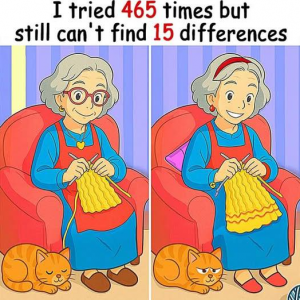
Once you think you’ve found them all, scroll down to check the answers.
✅ Found all 15? Then congratulations — your observation skills are exceptional.
💡 Found most of them? You’re highly attentive, and with a bit of practice, you’ll reach perfection.
🧠 Found only a few? Don’t worry — every attempt strengthens your brain’s focus and pattern recognition.
The differences:
-
Grandma’s glasses are missing on the right.
-
The heart pendant is missing on the right.
-
Her earrings are different (round on left, heart-shaped on right).
-
The hairband appears only on the right.
-
The pillow behind her is purple on the right, missing on the left.
-
The color of the cat’s eyes (closed on left, open on right).
-
The cat’s tail position is different.
-
The cat’s mouth changes (smiling vs. frowning).
-
The sleeve button on her left arm is missing on the right.
-
The knitting pattern is different (wavier on the right).
-
The yarn thread hanging down is missing on the right.
-
The collar on her dress is visible on the left but hidden on the right.
-
Her shoes differ in color (brown on left, beige on right).
-
The chair armrest has a slightly different curve.
-
Her mouth shape (smiling wider on the right).
🔬 The Science Behind It
Research shows that visual puzzles like this one boost short-term memory, enhance concentration, and improve overall brain flexibility. They engage both the logical and creative sides of your mind, helping you think faster, stay alert, and process information more efficiently.
Regularly practicing these exercises can help you:
-
Improve attention to detail
-
Strengthen memory and focus
-
Increase mental clarity and creativity
-
Stay cognitively active as you age
🌟 Why It Matters
Every small challenge like this contributes to a stronger, more adaptable mind. Just as your body needs exercise, your brain thrives on curiosity and new challenges. So, whether you’re doing it for fun or to test your perception, you’re giving your brain exactly what it needs to stay sharp and alert.
💭 Final Thought
The smartest people aren’t those who know everything — they’re the ones who notice what others overlook. True intelligence begins with observation, patience, and curiosity. So, take a deep breath, focus your eyes, and dive into the challenge.
Can you spot all 15 differences? Let’s find out — your brain might surprise you. 🔍✨

